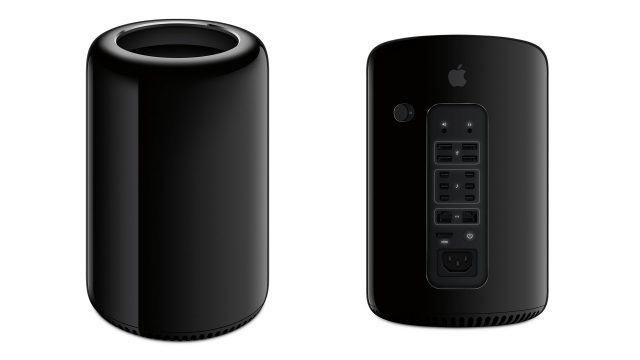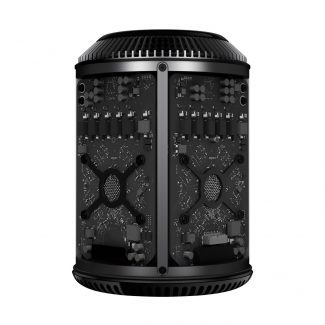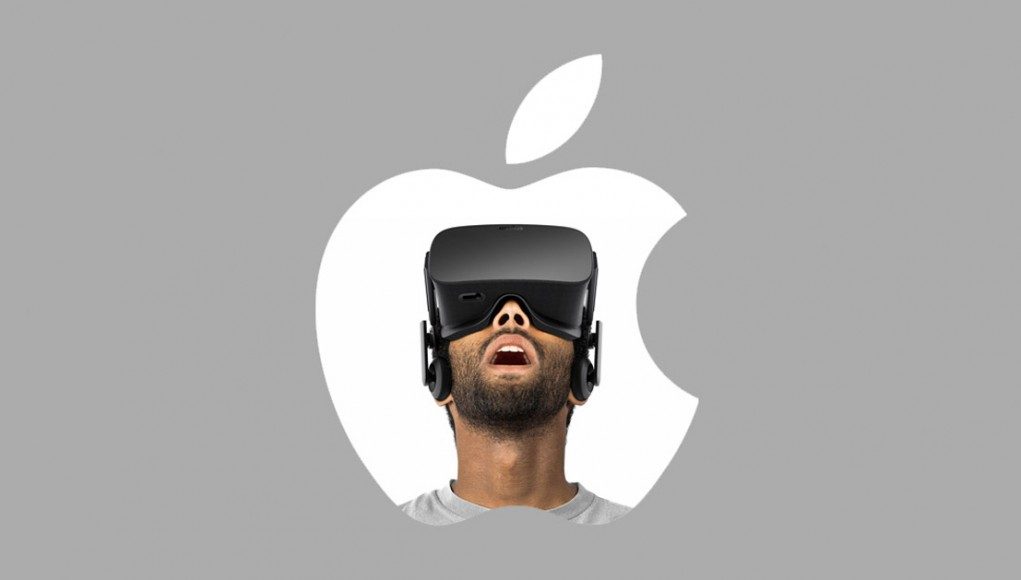At present, modern VR headsets are for the most part unsupported on Apple computers, largely because many of the company’s computers do not meet the recommended hardware specifications. Apple may rarely hint at it, but the company is thinking about VR… and so are its customers. Recently Apple has admitted that the current Mac Pro isn’t standing up to the needs of some of its customers, and VR is one reason why.
“We are in the process of what we call ‘completely rethinking’ the Mac Pro,” Phil Schiller, Apple’s SVP of Worldwide Marketing told TechCrunch last week.

Apple had introduced the current cylindrical Mac Pro back in 2013, an impressively compact device which aimed to replace those big silver Mac Pro towers of years past. But the design, which features by default dual graphics cards, was built on the idea that multi-GPU architecture would become the norm for high-power computing. However, while the usage of the dedicated GPU has grown since then, most applications remain optimized to render on one big (and hot) GPU.

That’s become a sticky problem for the Mac Pro, which has a neat triangular cooling architecture—with a CPU on one side and a GPU on the other two—that was designed for even heat distribution on each face, but the nature of largely single-GPU optimized applications means the system reaches a thermal bottleneck before it can reach its maximum performance (which would require distributing the GPU load effectively across both GPUs).
“I think we designed ourselves into a bit of a thermal corner, if you will,” says Apple’s SVP of Software Engineering, Craig Federighi, as reported by TechCrunch. “We designed a system that we thought with the kind of GPUs that at the time we thought we needed, and that we thought we could well serve with a two GPU architecture… that that was the thermal limit we needed, or the thermal capacity we needed. But workloads didn’t materialize to fit that as broadly as we hoped.”
When asked by TechCrunch’s Matthew Panzarino what sorts of high-power computing tasks are being held back by the present design, Apple brought VR into view.
“There’s certain scientific loads that are very GPU intensive and they want to throw the largest GPU at it that they can,” says Federighi. “There are heavy 3D graphics [applications] or graphics and compute mixed loads. Those can be in VR, those can be in certain kinds of high-end cinema production tasks where most of the software out there that’s been written to target those doesn’t know how to balance itself well across multiple GPUs but can scale across a single large GPU.”
Indeed, while NVIDIA and AMD both offer support for using more than one GPU for VR rendering, few developers are optimizing VR applications for a dual GPU architecture.
And so Apple is committing to bringing a new Mac Pro into the world, one that will better scale with the needs of its customers.
“We’re working on it,” says Schiller. “We have a team working hard on it right now, and we want to architect it so that we can keep it fresh with regular improvements, and we’re committed to making it our highest-end, high-throughput desktop system, designed for our demanding pro customers.”
Granted, the company says that major refresh won’t come until sometime after 2017.
Back in the days of the Rift DK2 development kit, Oculus for the most part supported Apple computers. But in 2015 announced it was ‘pausing’ software development for Mac and Linux to focus on Windows as the only compatible platform for the consumer launch of the Rift.
In 2016, Oculus ex-founder Palmer Luckey said that Oculus would be happy to support MacOS “if they ever release a [high performance] computer.” He talked about the Mac Pro specifically:
It just boils down to the fact that Apple doesn’t prioritize high-end GPUs. You can buy a $6,000 Mac Pro with the top-of-the-line AMD FirePro D700 and it still doesn’t match our recommended spec. If they prioritize higher-end GPUs like they used to for a while back in the day… we’d love to support Mac. But right now there’s just not a single machine out there [from Apple] that supports it. So even if we can support on the software side, there’s just no audience of [Mac users] that can run the vast majority of [VR] software out there.
Between Oculus and HTC/Valve, the companies have largely agreed to a ‘recommended VR spec’ which today means an Intel Core i5-4590 equivalent and an NVIDIA GTX 1060 or Radeon RX 480 equivalent.
Will the new Mac Pro be VR ready? Apple’s recent words seem to indicate the answer is yes when it comes to hardware, but the company and its MacOS will still need support from other ecosystem players to achieve software compatibility.







